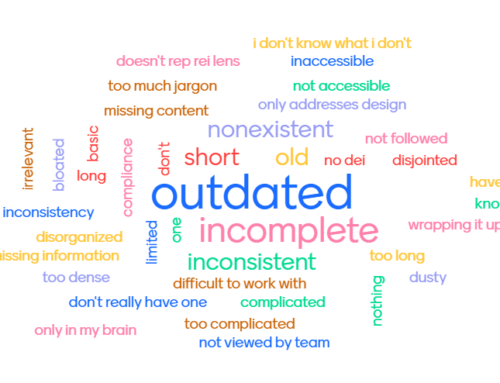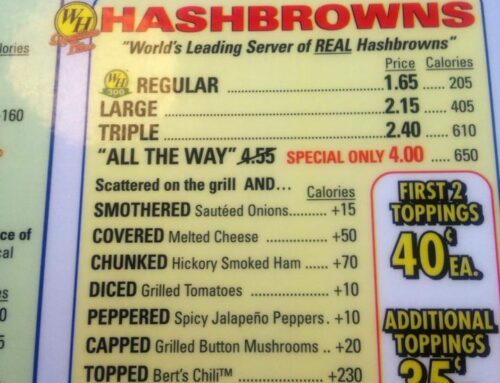 I’ve railed on about how words like “help” and “support” aren’t good for nonprofits to use because people don’t know what you want them to actually do. There are too many ways to “help” and “support.” If you want people to do something, you have to be clear and specific about what that thing is and how they should do it.
I’ve railed on about how words like “help” and “support” aren’t good for nonprofits to use because people don’t know what you want them to actually do. There are too many ways to “help” and “support.” If you want people to do something, you have to be clear and specific about what that thing is and how they should do it.
Same with words like “resources” and”programs” and “services.” Again, too vague. Resources could be dollars or fact sheets. Practically anything any nonprofit does could be lumped in programs or services. How can we understand what your nonprofit really does if you use this kind of generic language?
Using vague language like “help” and “support” was the second most popular “stupid thing” that nonprofits admitted to during our recent webinar.
So what do you do instead?
Gail Perry has some great advice on dealing with the “programs and services” problem in your fundraising copy.
Instead of “help” and “support,” simply get more specific, like
- Donate online
- Donate $50
- Volunteer one hour a week
- RSVP for our training
- Ask a friend to serve on the committee
- Call your representative
When those don’t work, focus on results:
- Feed a family
- Rescue 10 kittens
- Find a cure
But, you ask, what if we have so many different specific calls to action that we just want to lump them all together under “Help”?
I recommend prioritizing. Pick the one or two most important calls to action — or what you consider to be the “starter” calls to action, or the most popular ones — and emphasize those first. Then you can talk about the other ways to help once you have their attention.
What generic words have you successfully replaced with specifics? Which generic words are you still trying to replace?
Lost and confused sign by BigStockPhoto






